The Galapagos Islands
These 19 islands, along with the surrounding marine reserve, are located in the Pacific Ocean about 1,000 kilometers from South America's continent. They have been described as a unique "living museum" and "showcase of evolution". The Galapagos is a melting pot of marine species, located at the confluence three ocean currents. The island's formation is reflected in the ongoing volcanic and seismic activity. This, along with the isolation of the islands, resulted in the creation of uncommon animal life, such as the giant tortoise, marine iguana and many kinds of finch. Charles Darwin's theory on evolution by natural selection was inspired by these processes.
A Quick Overview
The Galapagos Islands are located in the Pacific Ocean, approximately 1,000 kilometers from Ecuador's coast. This archipelago is known for its unique marine reserve and 'living museum'. Because it is located at the confluence three ocean currents, it is one of the most diverse marine ecosystems in the globe. The island's formation is reflected in the ongoing volcanic and seismic activity. This, along with the isolation of the islands, resulted in the creation of uncommon plant and animal life, including marine iguanas.
Below the Surface and Deep
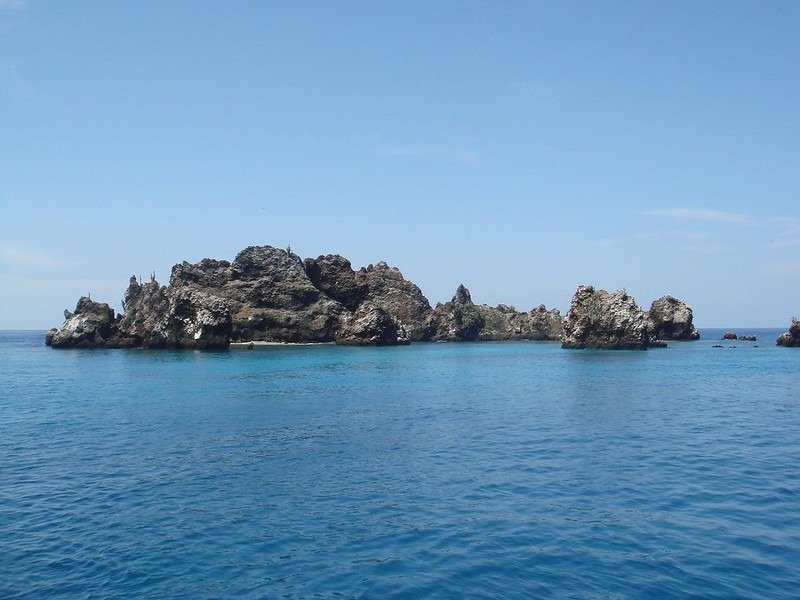
Galapagos Marine Reserve has a wide variety of marine life, including sharks, penguins and marine mammals. There is no other place that offers the opportunity to dive with so many marine life forms, which are so familiar with humans that divers often accompany them. Unique displays are created by the diversity of underwater geomorphological forms, making the site unique.
Titanic forces broke the crust and lava flowed to create a landmass
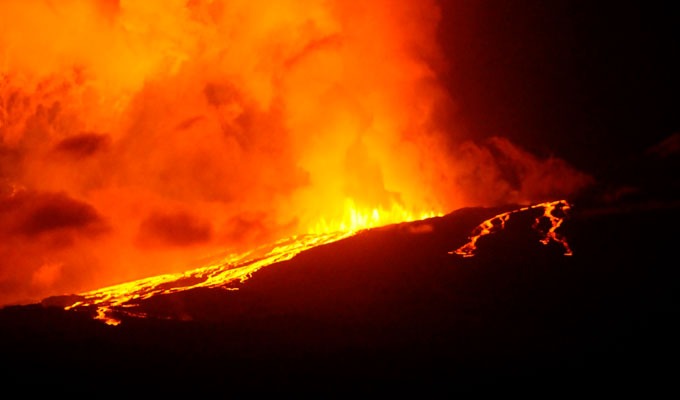
The archipelago's geoology starts at the seafloor and rises to the surface where biological processes continue. The Galapagos, in contrast to other oceanic archipelagos are young. They have the youngest and most active islands, Isabela (less than one million years), and the oldest islands, Espanola, and San Cristobal (between three and five million years). This site shows the evolution of older volcanic islands to the east and younger volcanic areas to the west. The mystery surrounding the origins of the Galapagos Islands is solved by the ongoing geological and geomorphological processes. This includes recent volcanic eruptions, small seismic movement, erosion, and other minor events. Nearly no other location in the world provides protection for such a broad range of geomorphological and geological features.
These islands inspired Darwin and puzzled the world
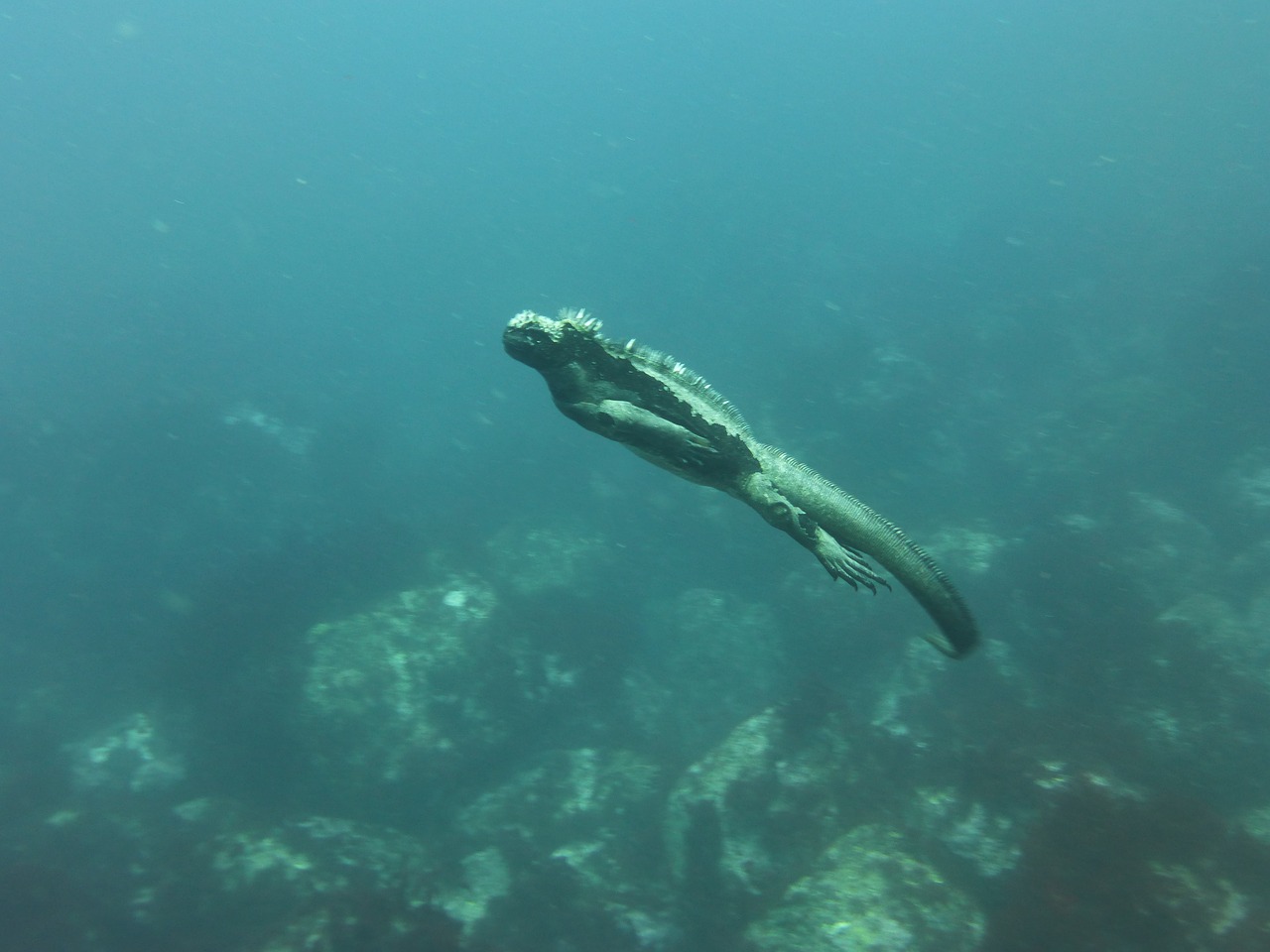
Since the 1839 publication of the "Voyage of the Beagle", Charles Darwin's 1839 book, the origin of the Galapagos' flora & fauna has been a topic of great interest. These islands are a rare example of how ecological and evolutionary processes can influence the flora & fauna on specific islands and across the archipelago. Darwin's finches and mockingbirds as well as giant tortoises, giant snails, and land snails are just a few examples of adaptive radiation that continues to be observed today. The Marine Reserve, located at the confluence 3 major eastern Pacific currents, influenced by climate phenomena like El Nino, has also had significant evolutionary consequences. It provides valuable clues about how species evolution under changing circumstances. Many of the island's wildlife, such as seabirds, are dependent on the ocean directly. It is evident that seabirds, marine Iguanas, and sea lions are dependent on the sea for much of the island's wildlife (e.g.

Endemic is no longer a Superlative. It is a common characteristic of the Islands
These islands are home to a high degree of species diversity, especially for young oceanic islands. They also have emblematic taxa like giant tortoises, land iguanas, which is the northernmost species penguin species in the world, flightless Cormorants, Darwin's finches, and Galapagos mockingbirds. Endemism flora, such as giant daisy tree Scalesia and other species. Many other genera also thrive on the islands. This is part of a native fauna that includes approximately 500 vascular plant species, of which around 180 are endemic. Twelve species of native terrestrial mammals (11 endemic, 10 endangered or extinct) and 36 reptiles (all endemic but most likely to become extinct or threatened), are examples of threatened and endemic species. The marine fauna is also unusually diverse and endemism-rich, with 2,909 species displaying 18.2% endemism. Sharks, whale sharks and cetaceans are some of the most prominent marine species. Interactions between marine and terrestrial biotas, e.g. The interactions between the marine and terrestrial biotas (e.g. sea lions and marine and terrestrial Iguanas and seabirds), are also remarkable. Science continues to be enriched by deep-sea research.
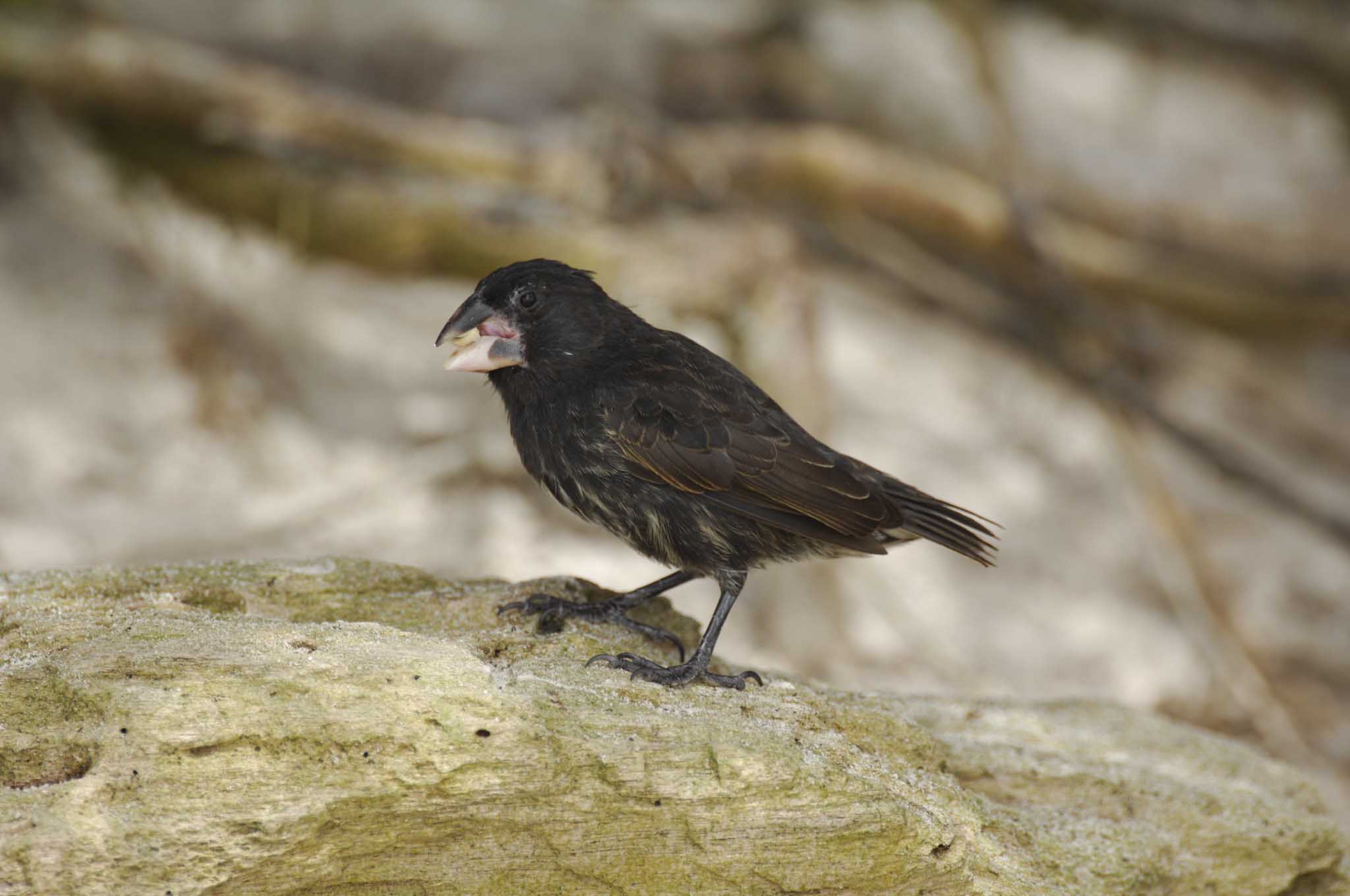
The Galapagos National Park: What it Stands For Today
The Galapagos archipelago, located approximately 1,000 km from Ecuador, is made up of 127 islets, rocks, and islands. 19 of these are large, while 4 others are inhabited. In 1959, 97% of the total surface (7.665,100 ha), was designated National Park. The remaining 3% of the total surface is reserved for human settlements. A fifth island has only an airport, a tourism dock, fuel containment and military facilities. The Galapagos Marine Reserve, which covers 70,000 km2 and was expanded to its current size (133,000 km2) in 1998 makes it one of the most important marine reserves in the world. The marine reserve also includes the inland waters of the archipelago (50.100 km 2), as well as all those within 40 nautical mile, measured from the outermost coast islands. Traffic from continental Ecuador is received at two airports, Baltra and San Cristobal. Inter-island traffic is limited to the Isabela airport. All inhabited islands have access to merchandise-receiving ports. Other uninhabited islands are tightly controlled by carefully planned tourist itineraries, which limit visitor numbers. The islands are home to approximately 30,000 people, with 170,000 tourists visiting the islands annually.

Our heritage, our inheritance, and our stewardship
The Galapagos faces many threats, including increased tourism, illegal fishing, and the introduction of invasive species. Governance issues are also a concern. Given the many stakeholders involved in the management of the islands, it is difficult to know who will take responsibility for making decisions. These issues are continuously monitored and analysed to ensure that they are managed effectively and to reinforce strategies to reduce their impact.
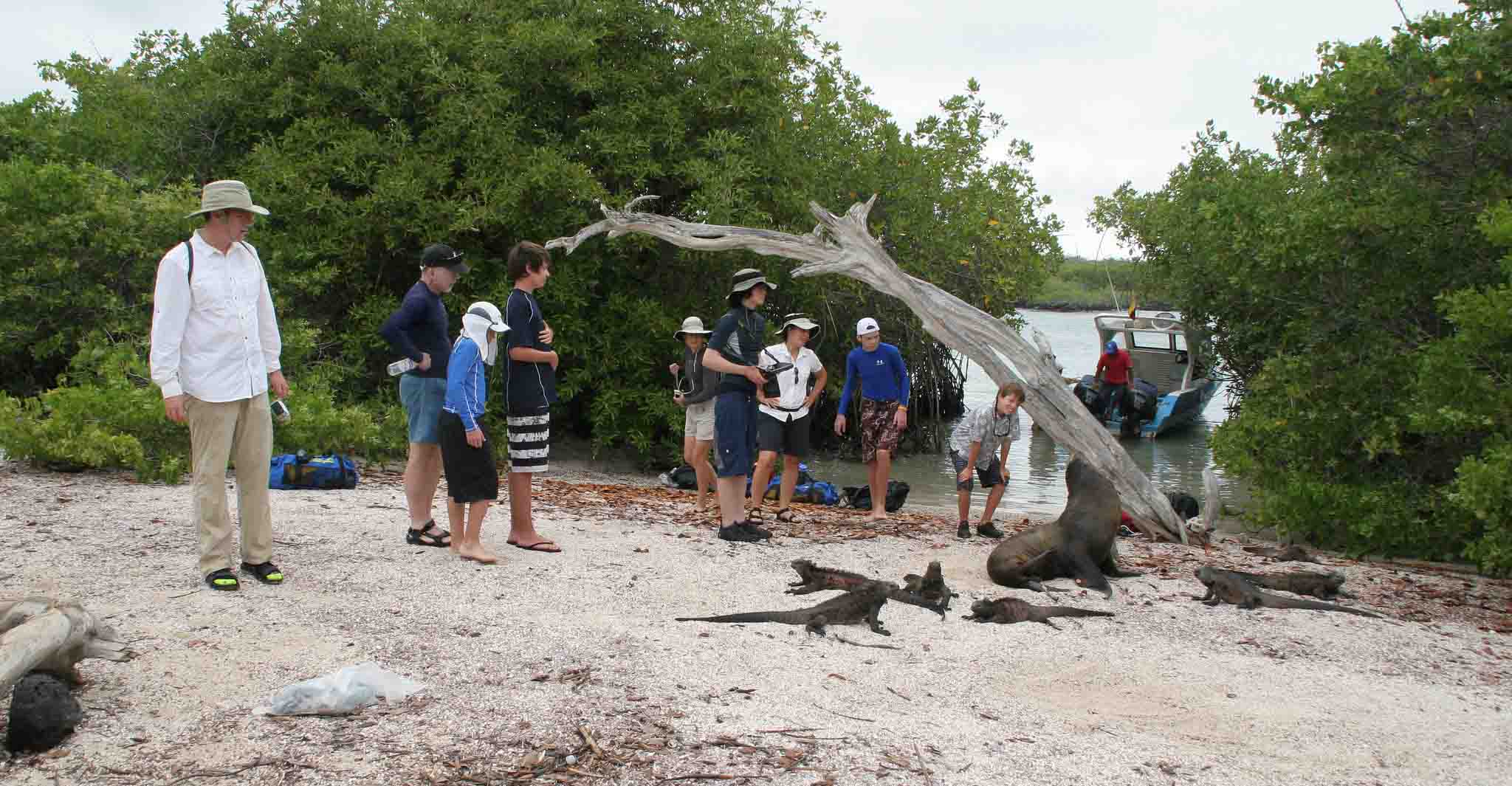
1986 saw the passage of a law to regulate fishing and over-exploitation in Galapagos. The 1998 "Special Regime Law for the Conservation and Sustainable Development In the Province of the Galapagos" strengthened protection and was incorporated in the Constitution of the Republic of Ecuador. The Galapagos National Park Service was responsible for the designation of the Galapagos Marine Reserve as protected. It provides the legal framework that regulates many aspects of island life, including: inspection and quarantine, fisheries management, control and monitoring, residency and migration, tourism through a visitor management program, permits and quotas, agriculture, waste management, and "total control” of introduced species. Although there are some restrictions on the rights of those living in the area, this management gives them preferential rights to sustainably use natural resources. Since 1974, the Galapagos National Park Service (GNPS) has prepared periodic Management Plans. These plans have been created in collaboration with the various social and economic groups and local authorities to address changing Galapagos ecosystem realities. These include tools for conservation and development of natural resources, in accordance with international standards. A zoning system was implemented to identify areas that can be used sustainably and those that are not allowed to be used by the local population. The funding for conservation and management of the archipelago is provided by the government institutions. Tourists pay an entry fee, and international donations make up a small portion of the support.